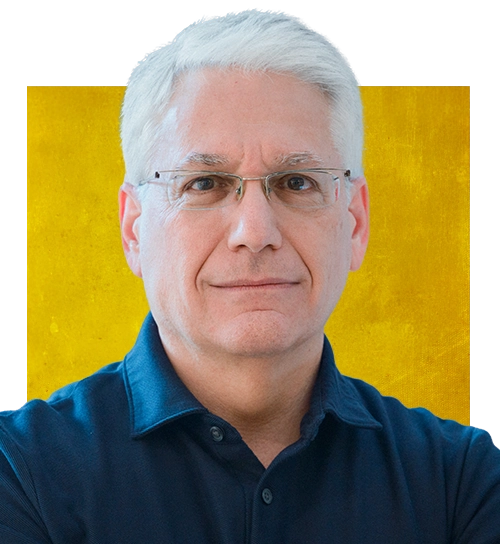
is a new campaign to encourage and promote this open canvas of AI-driven creativity. We are working to highlight how AI is expanding access to creativity, empowering artists, and bringing more competition to creative industries. And we work to protect established fair use protections for AI training and output - in the courts and in legislatures around the country.
Artists may use Interactive Installations which allows the spectator to get involved in the art, whether by video, audio, etc. For example, The Laughing Room at Arts at MIT is an artificially intelligent and interactive art installation room that plays a laugh track whenever a participant says something that the room’s algorithm deems is funny.
Artists may use Generative AI for Music. In a WIRED article, artists discuss shifting the human v. machine perspective to a collaboration approach with machines. For example, an artist David Dolan, performed playing a piano into a microphone while a computer system “listened” for data on pitch, rhythm, and timbre and then was able to improvise with its own accompaniment. This performance of human and AI is available– Youtube Video
Artists may use Generative AI for Visual Art. Generative AI lets the user use machine learning models to predict the next word or image based on words previously input by a human. Art creation has been possible by platforms, like Midjourney, and AI models like DALL-E.
Chris Milk is an American immersive artist and filmmaker. He is currently working on virtual reality storytelling, which can be viewed on the app/site, Within.
The Editable Dance GEneration (“EDGE”) is a generative AI model developed by Stanford University that can choreograph human dance animation to match any piece of music. This tool could help choreographers design sequences and communicate their ideas to the live dancers by visualizing 3D dance sequences. For example, an animator could design a specific movement (e.g., move a leg) and EDGE could auto-complete the movements of the rest of the body.
“AI art shares significant similarities with pop art, neo-pop art, and collage art in terms of its conceptual framework and aesthetic approach. Just like pop art, AI art challenges traditional notions of art and recontextualizes familiar imagery from popular culture.”
“U.S. copyright law is robust and has reacted appropriately to many changes in technology. For the most part, no changes are needed. The current law is the result of a careful balance between creators’ interests and the public interest. That balance must be maintained.”
“The referencing of known things, copyrighted and otherwise, is the beginning of the creative process within an artist’s mind. No one has ever suggested to me that this process is a breach of copyright, only that the result cannot resemble the inspiration in a dramatic way”
Even though my book was painstakingly built sentence by sentence and paragraph by paragraph, the narrative in the media is that it’s AI trash preventing the works of legitimate authors from being discovered on Amazon. I challenge anyone who takes the time to read my book to allege it’s true. My plight and my journey through life resonate in the pages. The plot and characters are not something an AI tool dreamed up. They’re pieces of me.

We didn’t hire a professional designer or need to learn Adobe Illustrator to create our campaign mascot, Arty Fish. We created Arty through Midjourney, an AI tool to expand creativity. With AI, anyone can instantly create custom designs.
We used an AI song creation service called Suno to create a song for Generate and Create.





